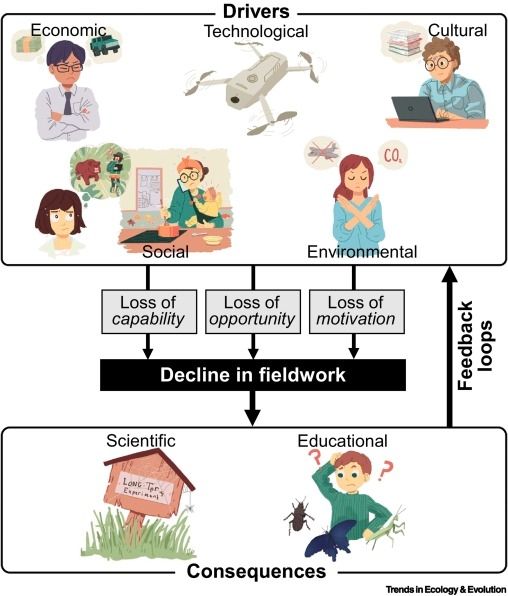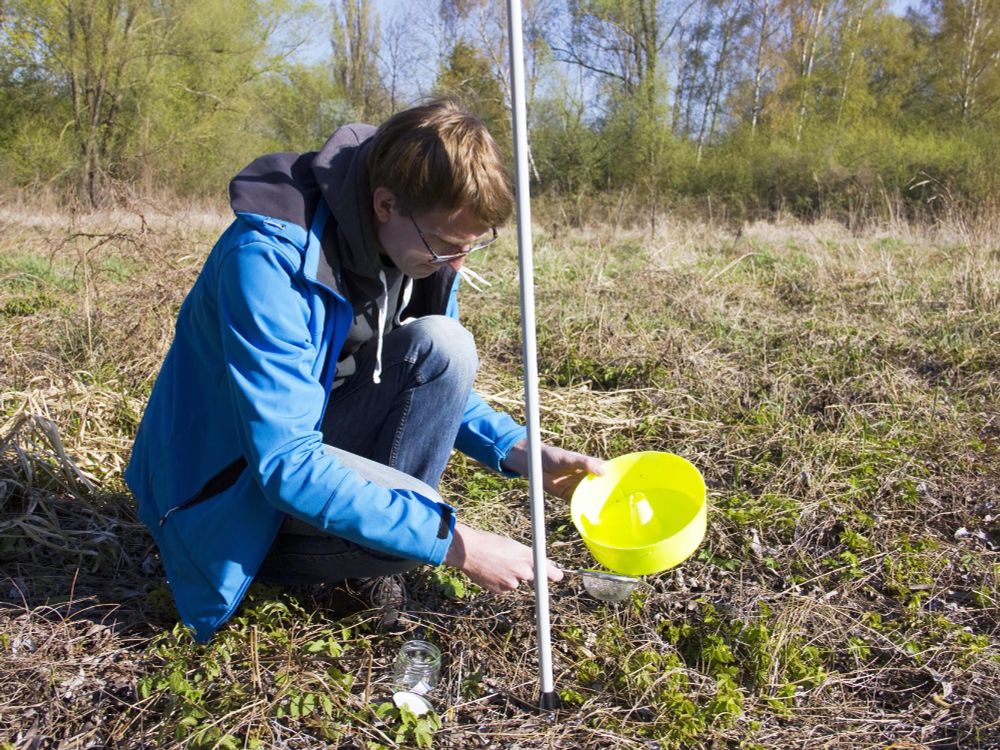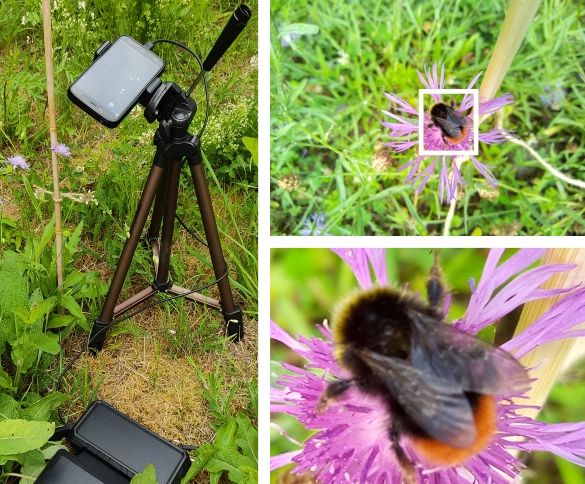Anke Dietzsch
@ankedietzsch.bsky.social
1.3K followers
730 following
66 posts
Bees, plants and dance -
I'm a researcher at the Institute for Bee Protection, Julius Kühn Institute in Brunswick, Germany;
agroecology | ecotoxicology | wild bee diversity | plant-pollinator interactions | pollinator monitoring
🇩🇪🇨🇮🇺🇲 views are my own
#JKI
Posts
Media
Videos
Starter Packs
Anke Dietzsch
@ankedietzsch.bsky.social
· Aug 25
Anke Dietzsch
@ankedietzsch.bsky.social
· Aug 25

Red List criteria underestimate climate-related extinction risk of range-shifting species
Climate change causes global species redistribution and elevates extinction risk, making early identification of vulnerable species critical for timely conservation. The IUCN Red List provides guideli...
doi.org
Anke Dietzsch
@ankedietzsch.bsky.social
· Aug 25
Anke Dietzsch
@ankedietzsch.bsky.social
· Aug 20

Deposition of dust with active substances in pesticides from treated seeds in adjacent fields during drilling: disentangling the effects of various factors using an 8-year field experiment - Environme...
The side effects from the use of plant protection products and their potential effects on non-target arthropods (NTAs) such as honey bees, other insects within the vegetation layer and epigeic arthrop...
doi.org
Anke Dietzsch
@ankedietzsch.bsky.social
· Aug 20
Anke Dietzsch
@ankedietzsch.bsky.social
· Aug 20
Anke Dietzsch
@ankedietzsch.bsky.social
· Aug 20
Dave Goulson
@davegoulson.bsky.social
· Aug 19

Pollinator‐Promoting Interventions in European Urban Habitats—A Synthesis
Syntheses of urban pollinator-friendly management are lacking, hindering policy implementation compared to farmland. Addressing this gap, our re-analytical data synthesis demonstrates the generally p...
onlinelibrary.wiley.com
Reposted by Anke Dietzsch
Reposted by Anke Dietzsch
Reposted by Anke Dietzsch
iBartomeus
@ibartomeus.bsky.social
· Feb 4

EuPPollNet: A European Database of Plant‐Pollinator Networks
Motivation Pollinators play a crucial role in maintaining Earth's terrestrial biodiversity. However, rapid human-induced environmental changes are compromising the long-term persistence of plant-pol...
onlinelibrary.wiley.com
Reposted by Anke Dietzsch
Reposted by Anke Dietzsch
Reposted by Anke Dietzsch
Reposted by Anke Dietzsch
Reposted by Anke Dietzsch
Jean-Marc Bonzom
@jmbonzom.bsky.social
· Jan 10

Extinction of experience among ecologists
Fieldwork-based research and education in ecology are under multiple threats and are progressively declining. We call for greater attention to this ongoing loss of direct field experience within the ecology community, as it could have widespread consequences for science and education, ultimately hindering efforts to address the ongoing biodiversity crisis.
dlvr.it
Reposted by Anke Dietzsch























